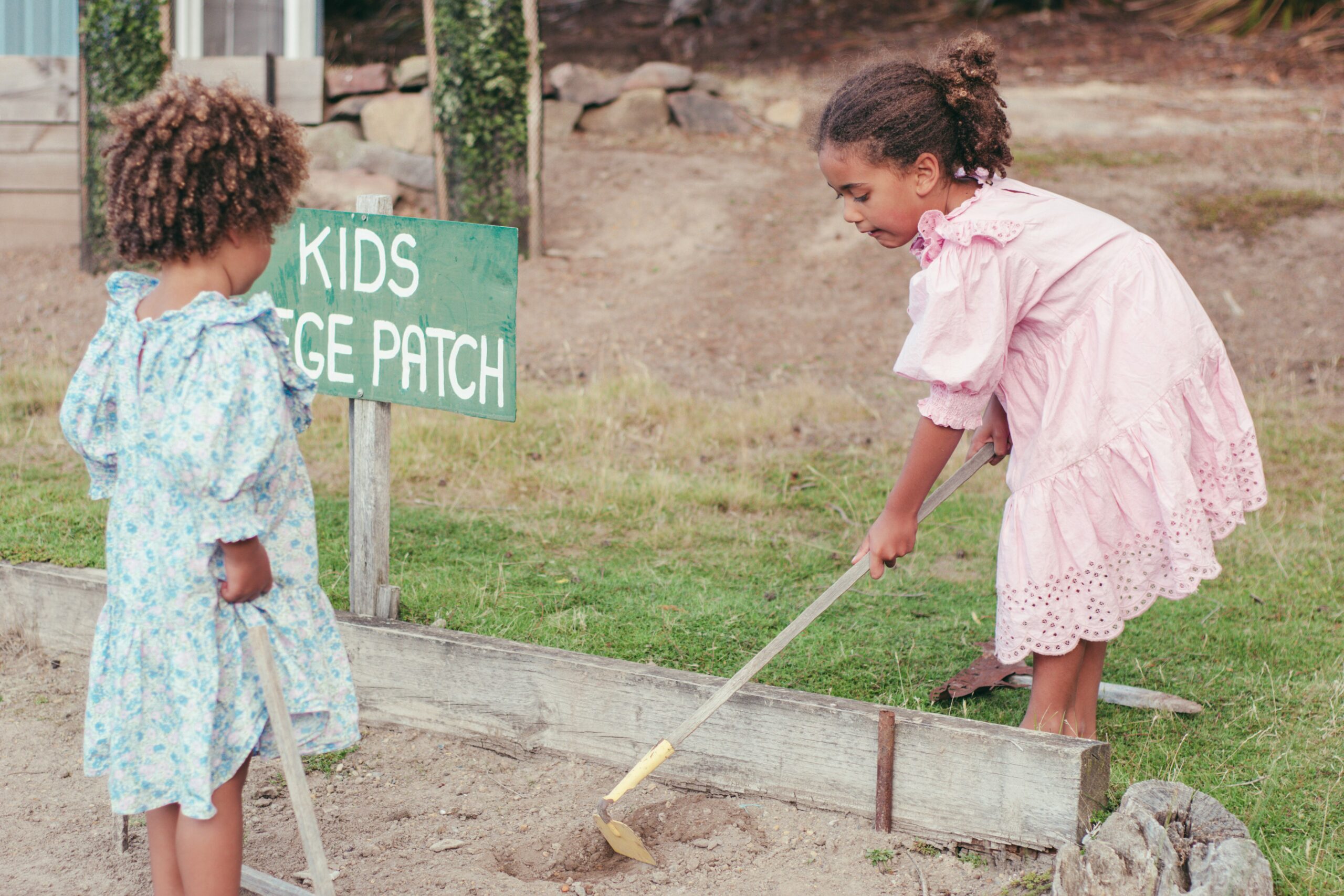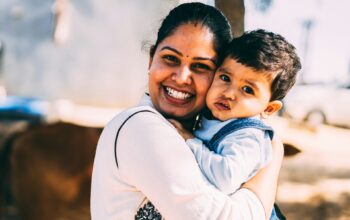Uzone.id – Climate change is now increasingly accepted. This global concern certainly has a dangerous impact on children’s health. The younger generation is currently the group most vulnerable to the adverse effects of climate change, ranging from physical health problems such as respiratory diseases to growth disorders.
The United Nations Framework Convention on Climate Change (UNFCCC) defines climate change as a change in climate conditions in the form of changes in the composition of the global atmosphere which refers to the composition of atmospheric material including Greenhouse Gases, which consists of Carbon Dioxide (CO2), Methane (CH4), Nitrogen (N), and so on as well as natural climate variability over comparable periods.
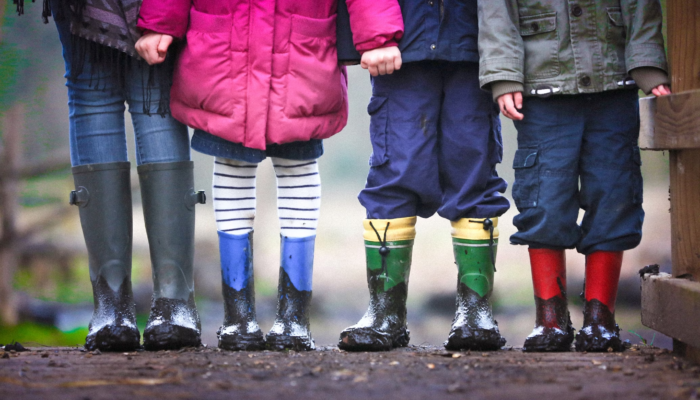
In essence, climate change causes major changes in temperature, rainfall, and ecosystems on earth that endanger air and air quality, increase food insecurity, change the incidence of infectious diseases, intensify allergy seasons, and result in more devastating forest fires and storms and more devastating heat waves. more dangerous.
Currently, Indonesia is ranked 46th out of 163 countries on the UNICEF Children’s Climate Risk Index. This indicates the high vulnerability of children to environmental stress and extreme weather events. According to data, some children in Indonesia are exposed to air pollution, while an estimated 28 million children are exposed to coastal flooding, and 15 million children are exposed to heat waves.
According to a report entitled Climate Landscape Analysis for Children by the Ministry of Environment and Forestry in collaboration with UNICEF, it outlines the impacts of climate change that are pressing children’s health. CLAC explains how the impact of climate change disruptions that are increasingly occurring are caused by extreme weather changes. Here are three ways, in which climate can affect children’s health, including:
- Extreme Weather
This pattern of extreme weather changes is related to increased carbon emissions released into the atmosphere due to human activities such as the use of less environmentally friendly vehicles, energy consumption, meat processing, and non-recyclable waste.

Rising global temperatures increase hot weather patterns. When mixed with air pollution, it will cause and weaken various diseases due to the increasing amount of ozone in the air. With extreme weather, malaria, dengue fever, West Nile, Lyme, Zika, and chikungunya will also increase.
- Poor Air Quality
According to data, pollution causes 20% of newborn deaths worldwide and is mostly related to complications of low birth weight and premature birth. Breathing unhealthy air can weaken asthma, allergies, chest pain, shortness of breath, coughing, and other respiratory diseases, and put children at greater risk of chronic lung disease.
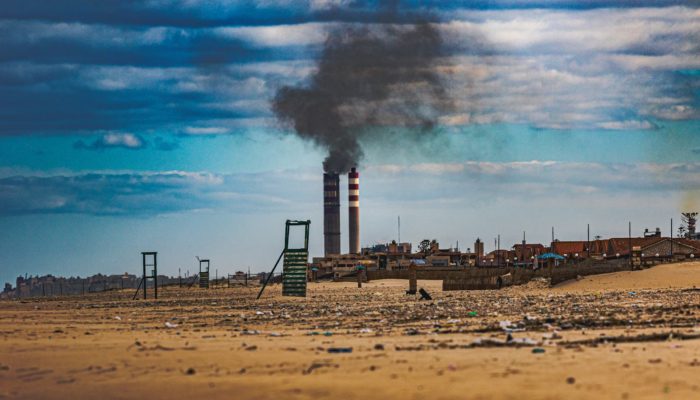
- Contaminated Air
Children have the habit of consuming more fluids than adults when compared to their body weight. It is dangerous if the air source in their environment is polluted and contaminated. Of course, it will increase the risk of stomach diseases, digestive problems, and other health problems.
Solutions
Climate change solutions are policies that support cleaner air, facilitate walking and cycling, encourage more sustainable diets, increase access to nature, and develop related communities.
In the Enhanced Nationally Defended Contribution (ENDC), Indonesia itself has included the issue of child protection as part of climate change control. This shows that the Indonesian government has made efforts to include children’s rights in climate-related policies and programs.
“The right of every child to grow up in a healthy environment is increasingly threatened by the impacts of climate change around the world and in Indonesia,” said Manisa Zaman as UNICEF Indonesia’s representative in her statement at the LIKE 2 Festival on Thursday, (08/08/24). “It is very important to educate children about climate change, involve them in creating solutions, and place them at the center of all climate action,” she continued.
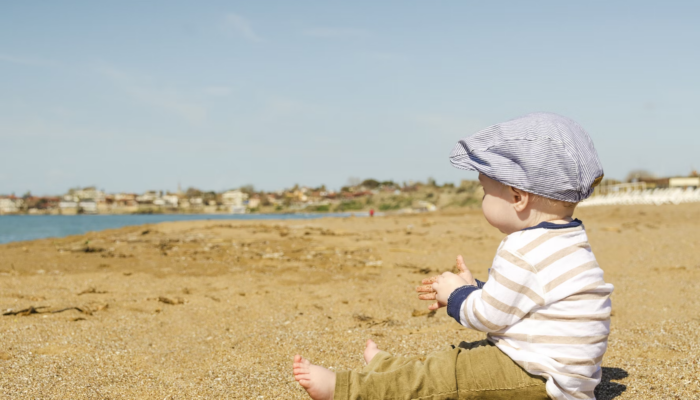
According to UNICEF, there are 6 strategies to meet children’s needs in climate-related policies and programs, including:
- Integrating children’s rights in climate-related policies, programs, and funding decisions.
- Increasing collaboration between government, civil society, the private sector, and communities including children to address climate impacts in policies and programs related to climate, environmental, and energy issues and the social sector.
- Generating knowledge and evidence on how climate change affects children’s health and well-being.
- Improve the resilience of social services and facilities to withstand climate disruptions and continue to serve children and families.
- Ensure children and young people are educated about climate change and create opportunities for them to engage in climate and environmental action.
- Improve climate data collection and early warning systems.
Therefore, all of us need to be able to play a part in reducing the impacts of climate change.

